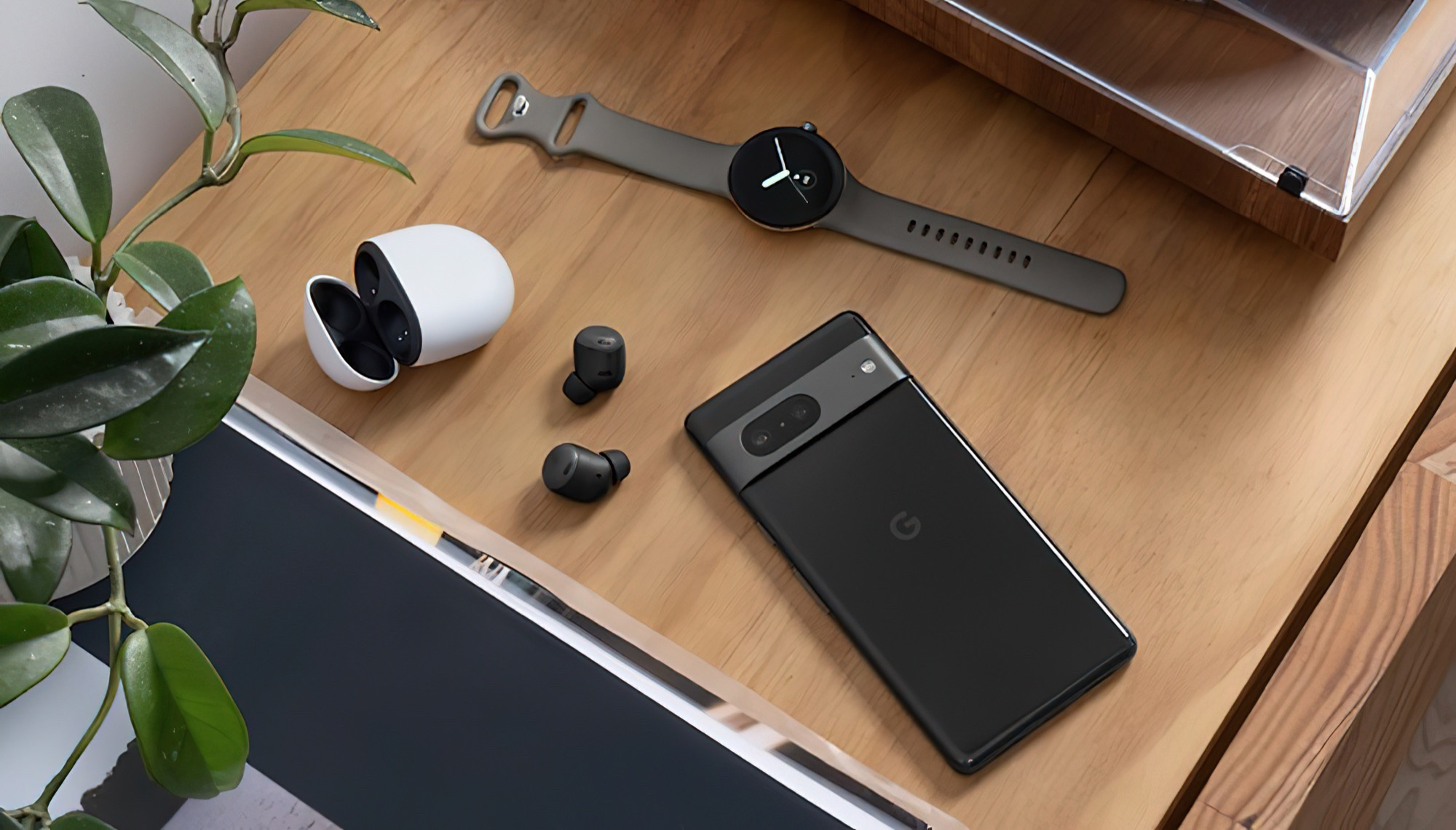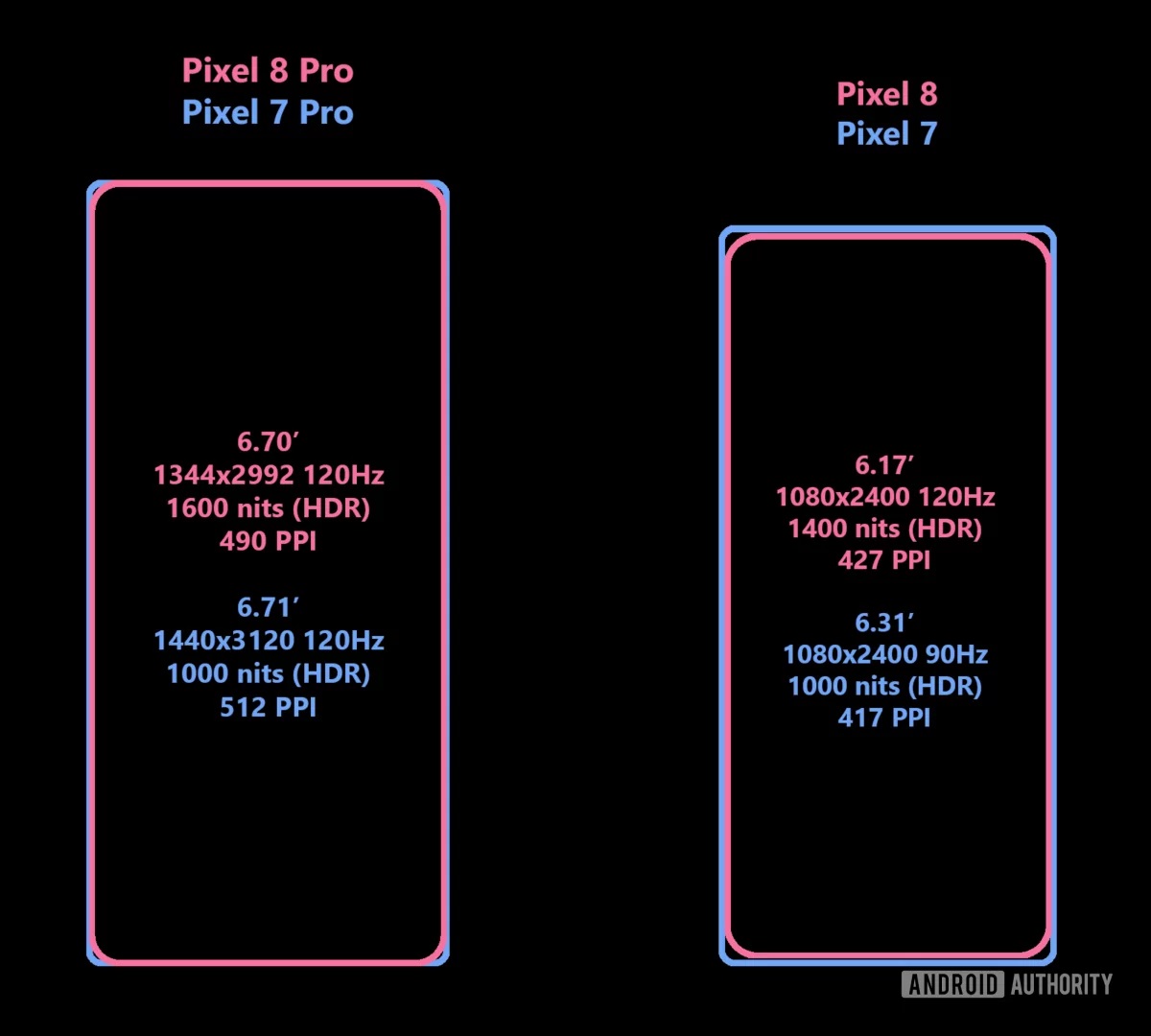Leaked: Google to make Pixel 8 more compact and ditch angular design in favour of rounded shapes

The unveiling of Google's new Pixel 8 and Pixel 8 Pro smartphones isn't expected until autumn, but Android Authority has already managed to get hold of some details about the design and displays of the future new products from a source at Google.
Here's What We Know
On the whole, the Pixel 8s will be similar to the previous generation, but there will still be some changes. Google seems to have decided to gradually return to smaller gadgets, so the Pixel 8 will have a smaller screen than the Pixel 7 - 6.17 inches instead of 6.3 inches. But the Pixel 8 Pro's display diagonal will remain the same at 6.7 inches.

At the same time, developers have worked on the design and made some adjustments: the screens will be flat, and the corners of the body will be rounded, rather than sharp as in the predecessors.

Google has always used OLED displays for the Pixel, and nothing has changed this time around. That said, the changes could affect the display manufacturers. According to a source, the Pixel 8 Pro will have a Samsung panel, while in the case of the Pixel 8, two manufacturers are mentioned: BOE and Samsung. Both panels have the same specifications.
In addition, Google has opted for a slightly lower resolution of 2992×1344 for the Pixel 8 Pro instead of the old standard of 3120×1440, which gives a pixel density per inch (PPI) of 490 compared to 512. And peak brightness figures should be increased, with the Pixel 8 getting 1,400 nits in HDR content instead of 1,000 nits, and the Pixel 8 Pro getting up to 1,600 nits in HDR, compared to 1,000 nits for the Pixel 7 Pro.

Finally, according to the leak, the Pixel 8's screen refresh rate will increase to 120Hz. And the Pixel 8 Pro will allow the refresh rate to vary seamlessly between 60Hz and 120Hz, unlike previous generations which could only use a few predefined frequencies.

Source: Android Authority